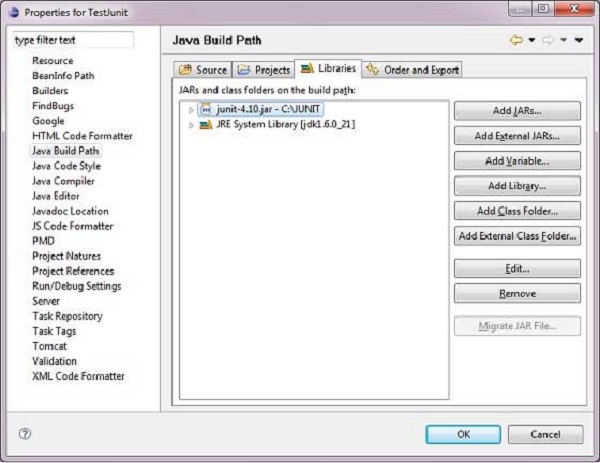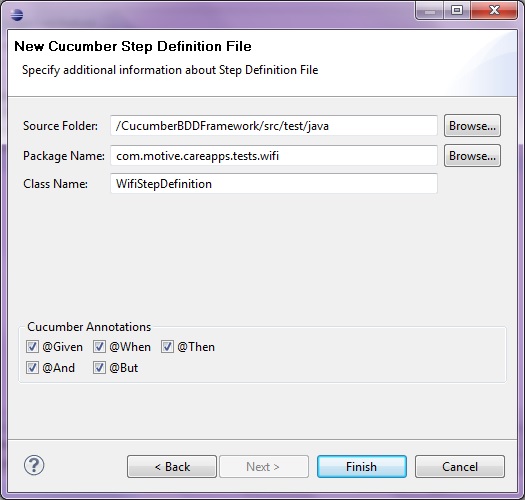

Rpmstubby is a small project that is part of the linuxdistros project at. An example of this work-around can be seen in eclipse-mylyn (specifically the patches related to ).

mylyn-webcore.jar) and include it within this expanded plugin directory.
#How to install eclipse plugin from jar code
The acceptable workaround is to modify the build.properties file in the plugin to JAR the plugin code separately (ex. Bug #273881 causes build failures when building debuginfo packages in this case. However, we end up with the plugin classes themselves being expanded in the org directory. $ unzip -qq .core_2.2.0.I20071220-1700.jarĪbout.html lib-httpclient lib-rome lib-xmlrpc META-INF org If we simply unzip the plugin JAR and symlink, one would think we would be okay: Note that we have embedded JARs which we would like to turn into symlinks to existing JARs (from other packages). This is best illustrated with an example: If the plugin code itself is not enclosed in a nested JAR, expansion will result in a directory structure containing class files. This situation is often referred to as "nested JARs".

In rare cases it may be necessary to symlink to something inside a JAR. Eclipse features also work nicely with rpmstubby (see below), but not all plugins have features. We generally try to make binary RPMs mirror upstream features. They are preferred, but not required since they provide nice demarcation lines for binary RPMs. For IDE features, the most common requirement will be eclipse-platform.Įclipse features are groups of plugins. Until rpmstubby (see below) is released and/or more widespread, Requires on bits provided by the Eclipse SDK (RCP, SWT, Platform, JDT, PDE, CVS, etc.) should only be on the binary package providing the required functionality (ex. manager or 2) drop the plugin jars in the eclipse/plugins directory and. As for adding plugins, you either 1) add features through the update. linux.$/eclipse/dropins/plugin-b \īuild/rpmBuild/_feature.zip jar files in your eclipse/plugins directory, including something like. Fragment: A bundle with native elements ex.Colloquially, among non-Eclipse developers, the term is used to refer to a set of functional Eclipse plugins ex. Post-Eclipse 3.0, the term "plugin" can almost always be interchanged with the term "bundle". Plugin: A functional unit of Eclipse functionality.


 0 kommentar(er)
0 kommentar(er)
